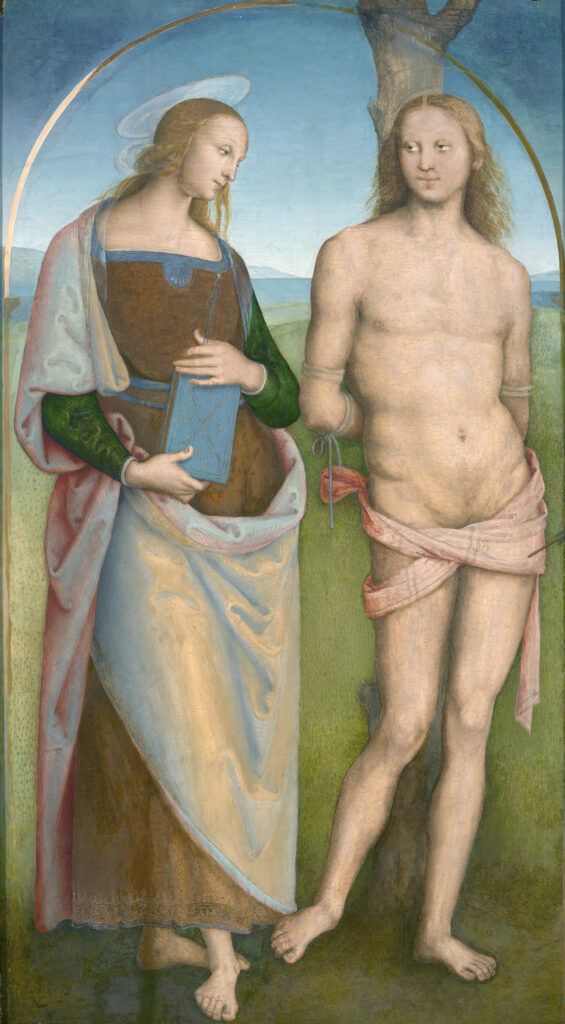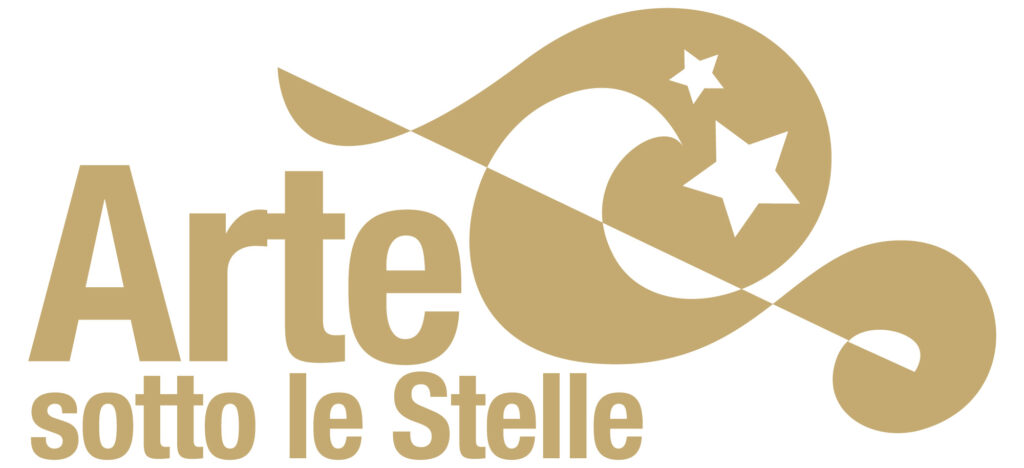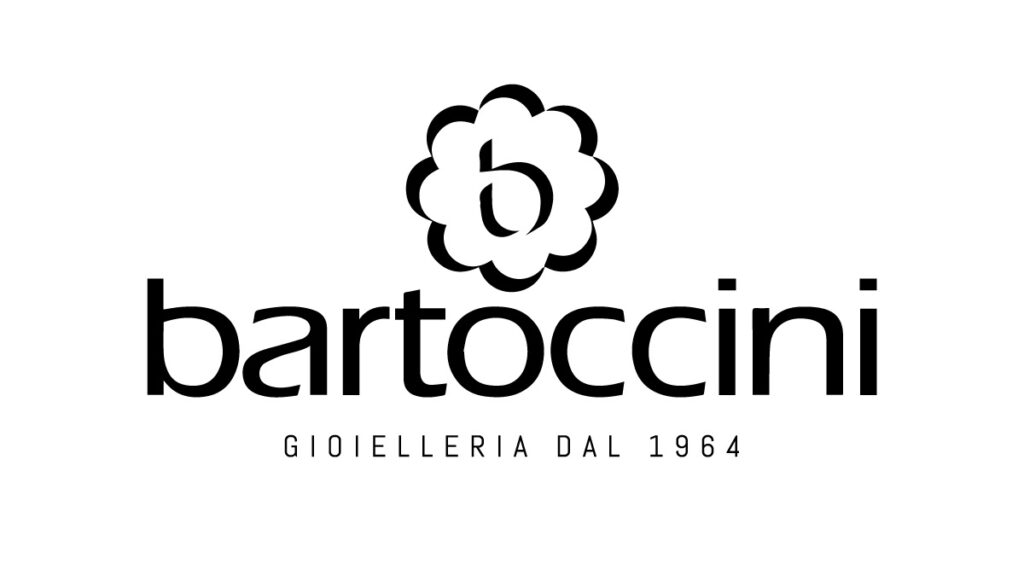Sant’Irene e San Sebastiano, Polittico di Sant’Agostino – Musée des Beaux-Arts – Grenoble
L’opera faceva parte del Polittico di Sant’Agostino, maestosa pala d’altare bifronte commissionata dai frati agostiniani e realizzata in due fasi dal Perugino; rimasto nella Chiesa degli Agostiniani fino al 1797, il dipinto fu rimosso e trasportato a Parigi in seguito al Trattato di Tolentino. Nel 1811 fu inviato per decreto imperiale al Musée des Beaux-Arts di Grenoble, dove è tutt’ora conservato.
I due personaggi si trovano in un paesaggio collinare che sfuma dolcemente verso l’orizzonte. San Sebastiano è legato al tronco di un albero, il corpo nudo rappresentato seguendo i canoni della statuaria classica; viene trafitto da una sola freccia (probabilmente aggiunta postuma) ed è coperto unicamente da un panno rosso che pende adi suoi fianchi. Alla sua destra, sant’Irene si volge verso di lui, mentre regge tra le braccia un tomo e una piccola tenaglia che stringe un dente, segno del suo martirio.
La dolce fisionomia dei volti, insieme alla composizione delle figure dalla pacata monumentalità, restituisce una sensazione di armonia che pervade tutta l’opera.
La tavola si trova al Museo di Grenoble.











